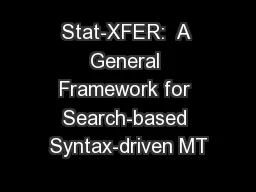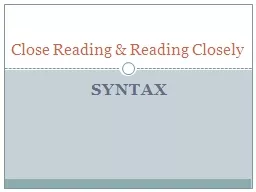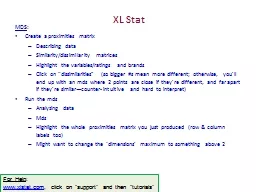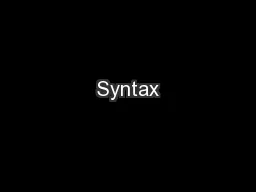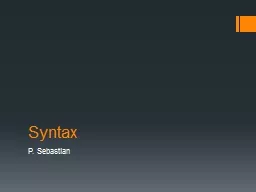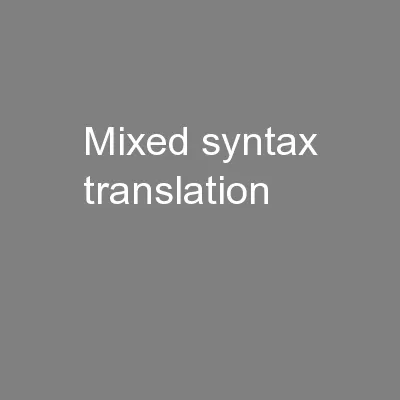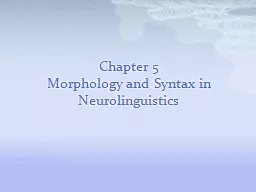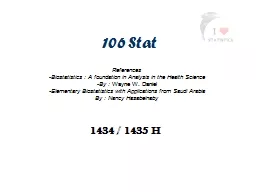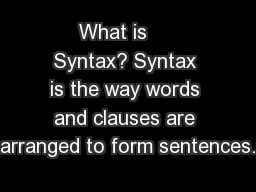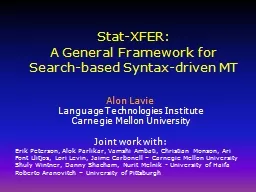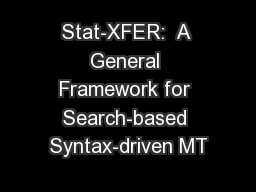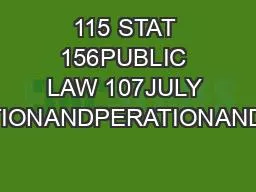PPT-Stat-XFER: A General Framework for Search-based Syntax-driven MT
Author : karlyn-bohler | Published Date : 2019-03-17
Alon Lavie Language Technologies Institute Carnegie Mellon University Joint work with Greg Hanneman Vamshi Ambati Alok Parlikar Edmund Huber Jonathan Clark Erik
Presentation Embed Code
Download Presentation
Download Presentation The PPT/PDF document "Stat-XFER: A General Framework for Sear..." is the property of its rightful owner. Permission is granted to download and print the materials on this website for personal, non-commercial use only, and to display it on your personal computer provided you do not modify the materials and that you retain all copyright notices contained in the materials. By downloading content from our website, you accept the terms of this agreement.
Stat-XFER: A General Framework for Search-based Syntax-driven MT: Transcript
Download Rules Of Document
"Stat-XFER: A General Framework for Search-based Syntax-driven MT"The content belongs to its owner. You may download and print it for personal use, without modification, and keep all copyright notices. By downloading, you agree to these terms.
Related Documents

